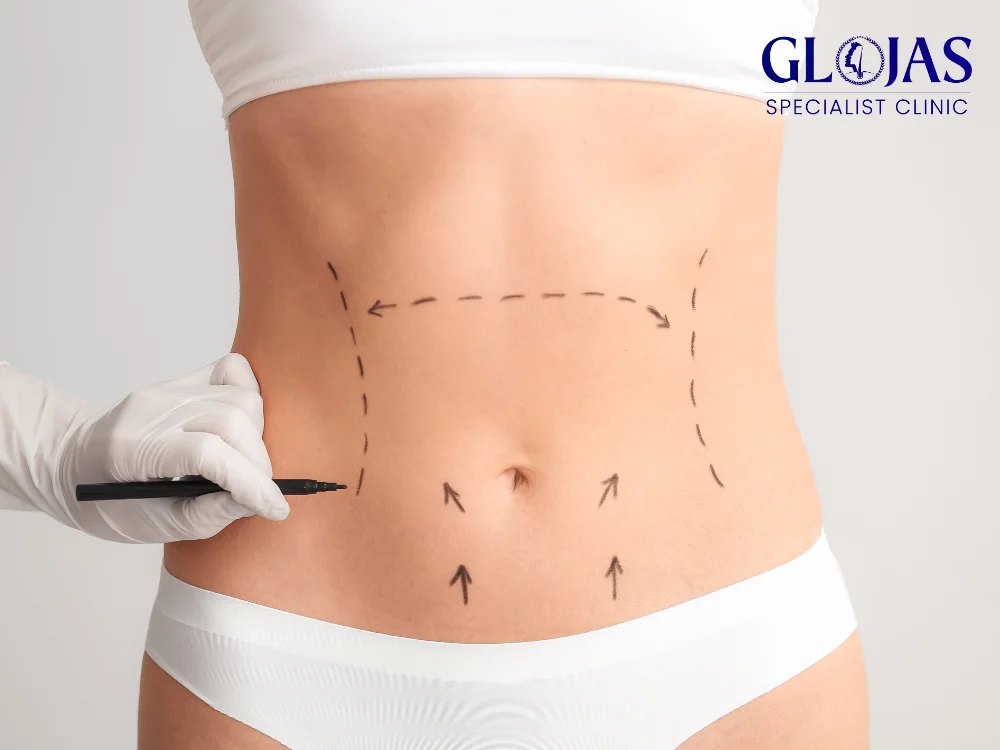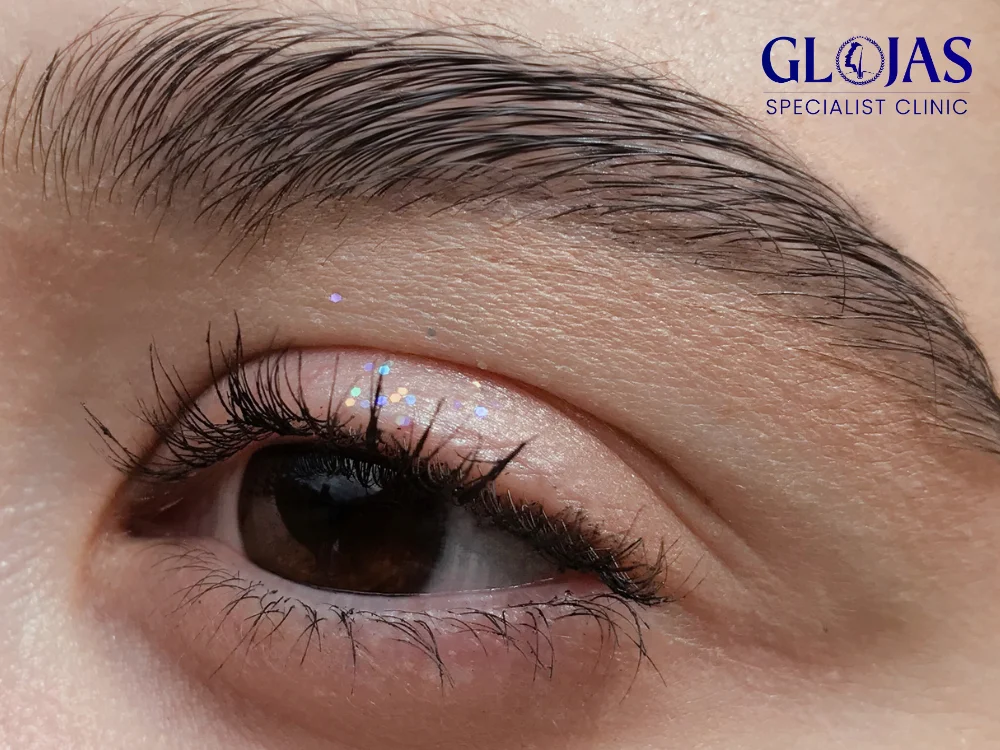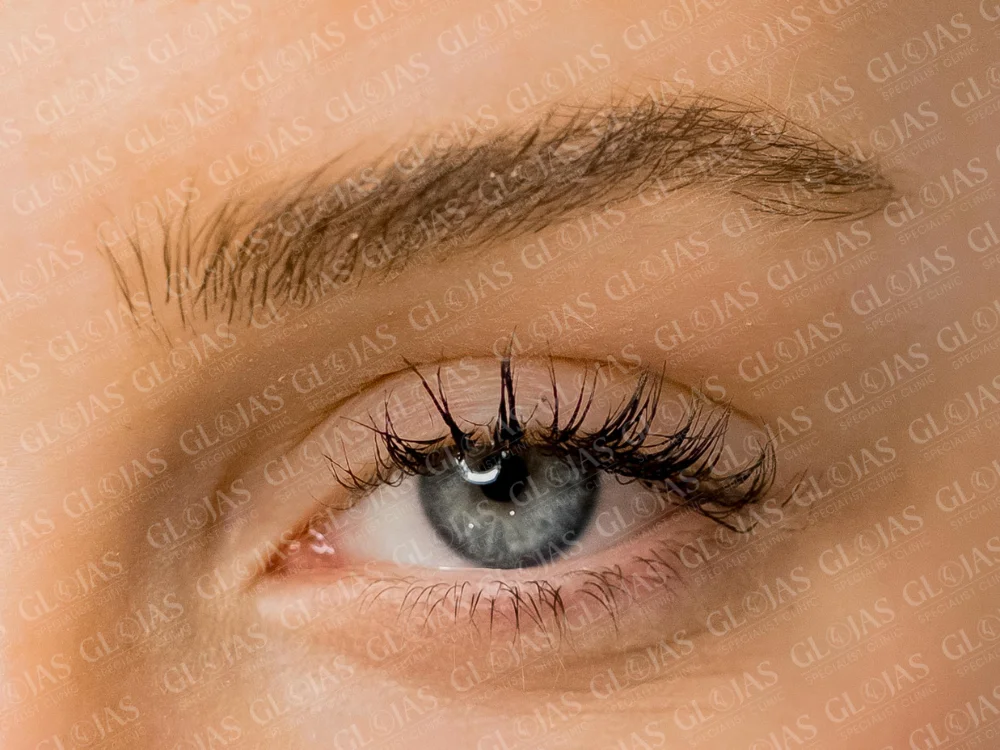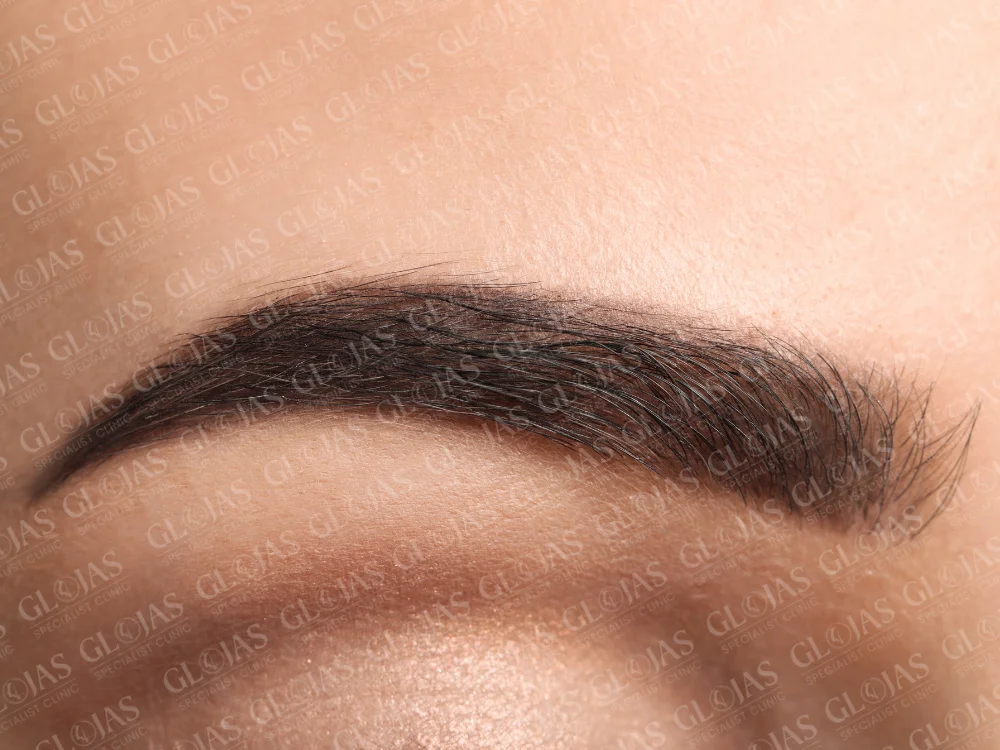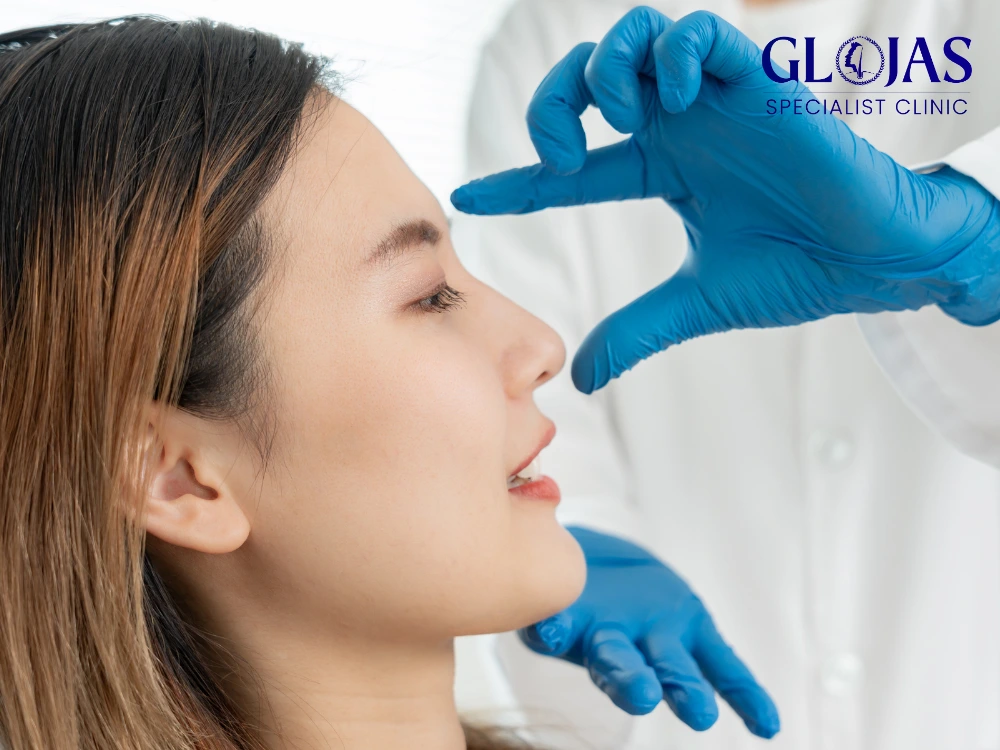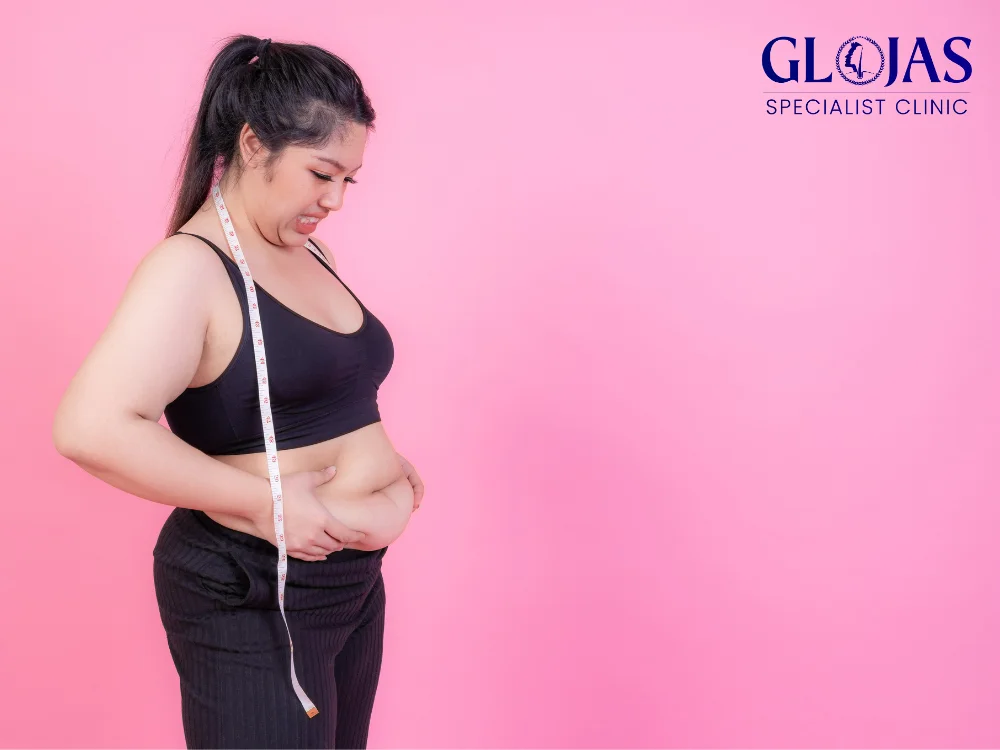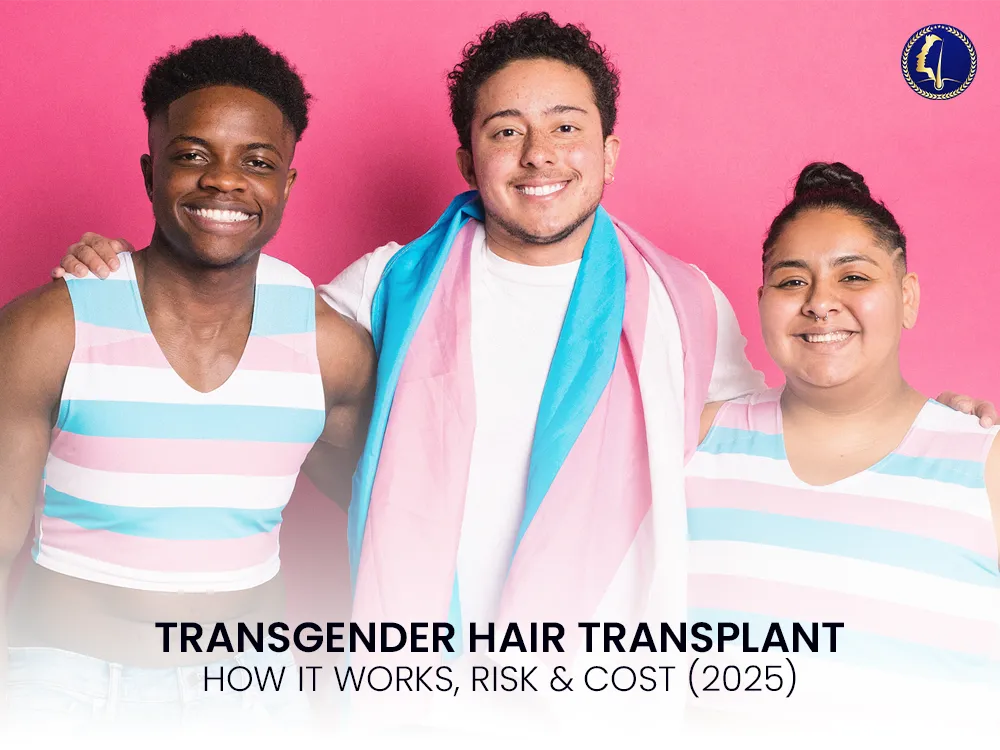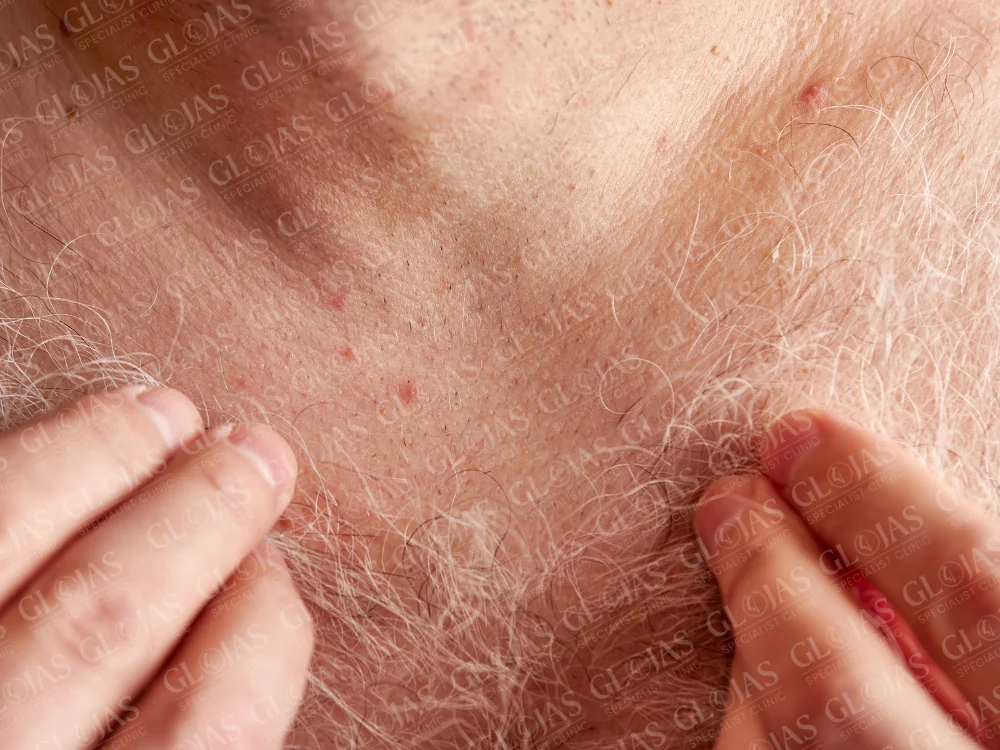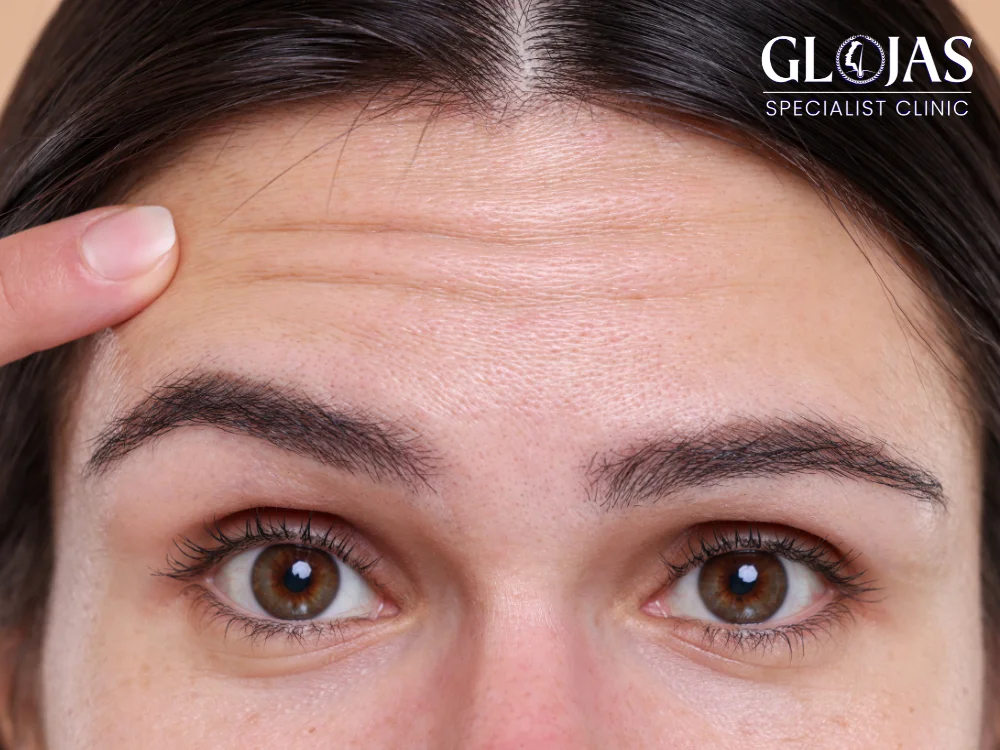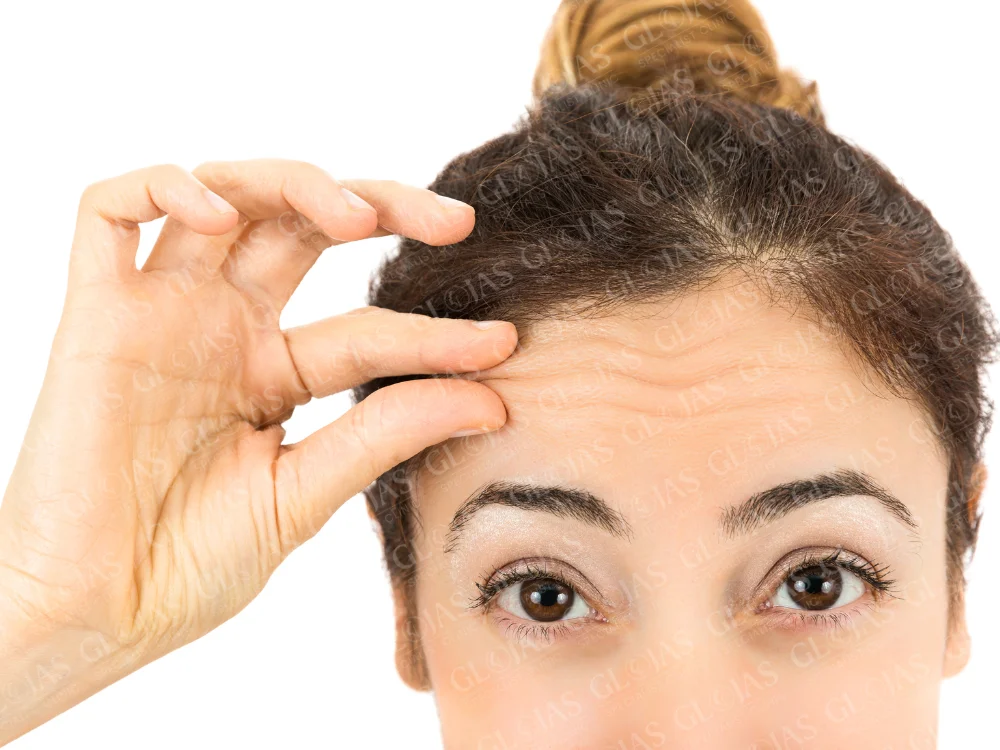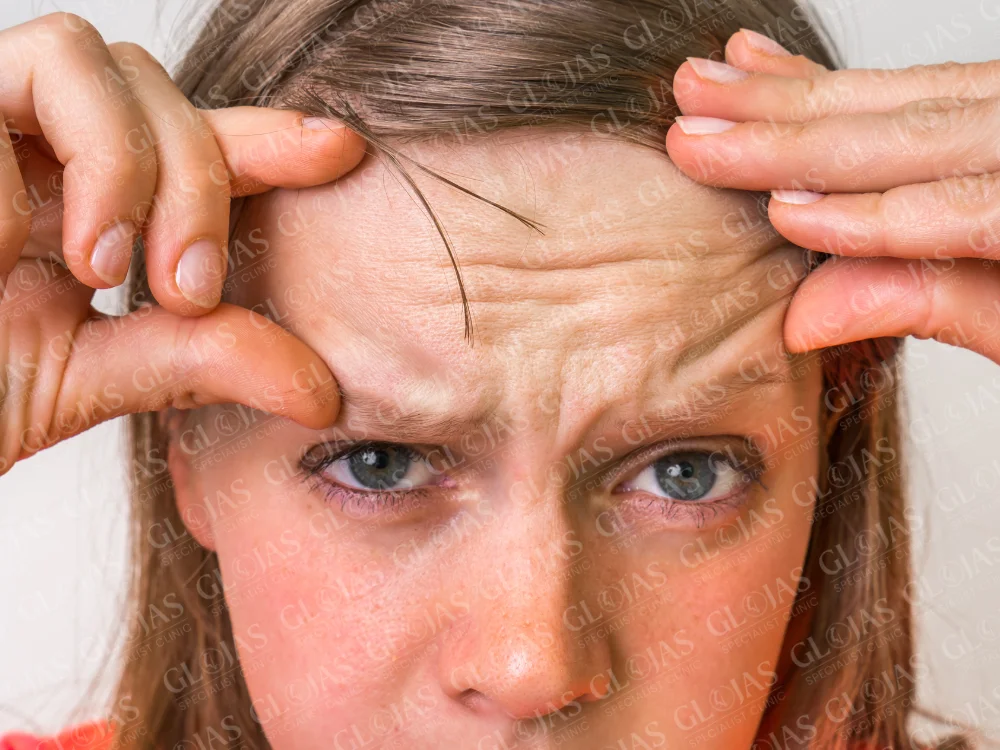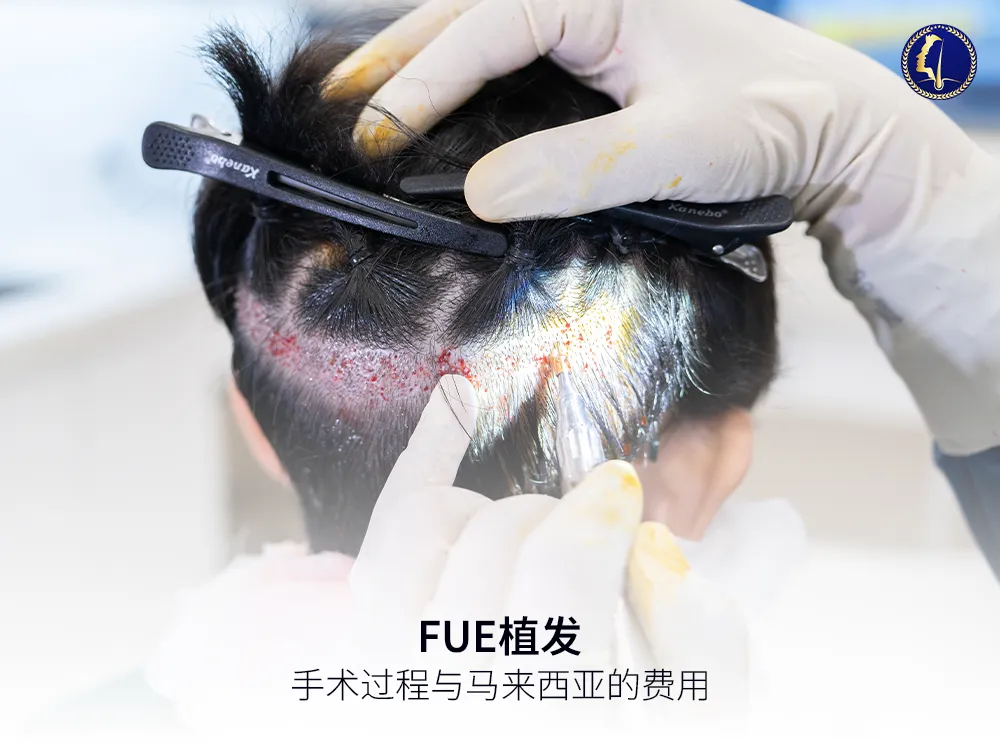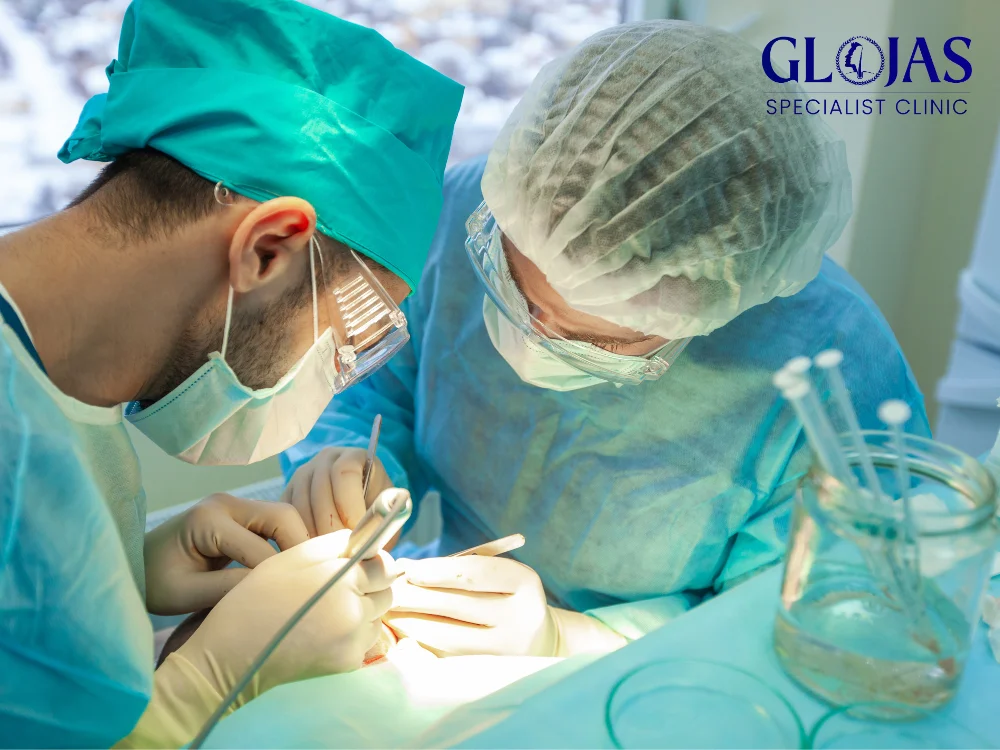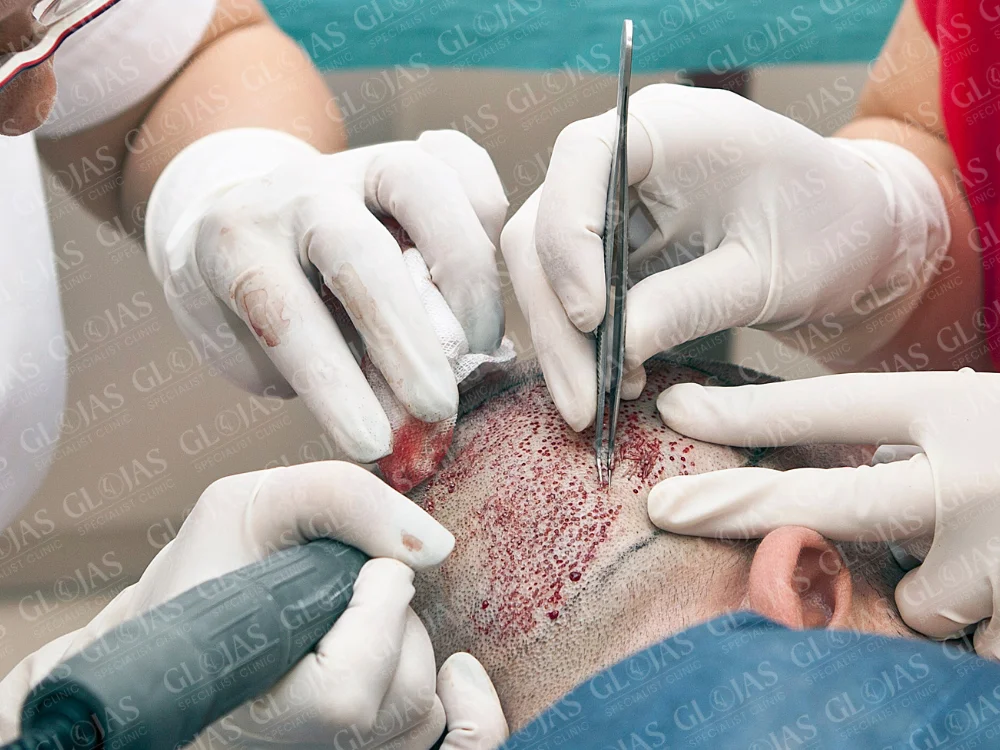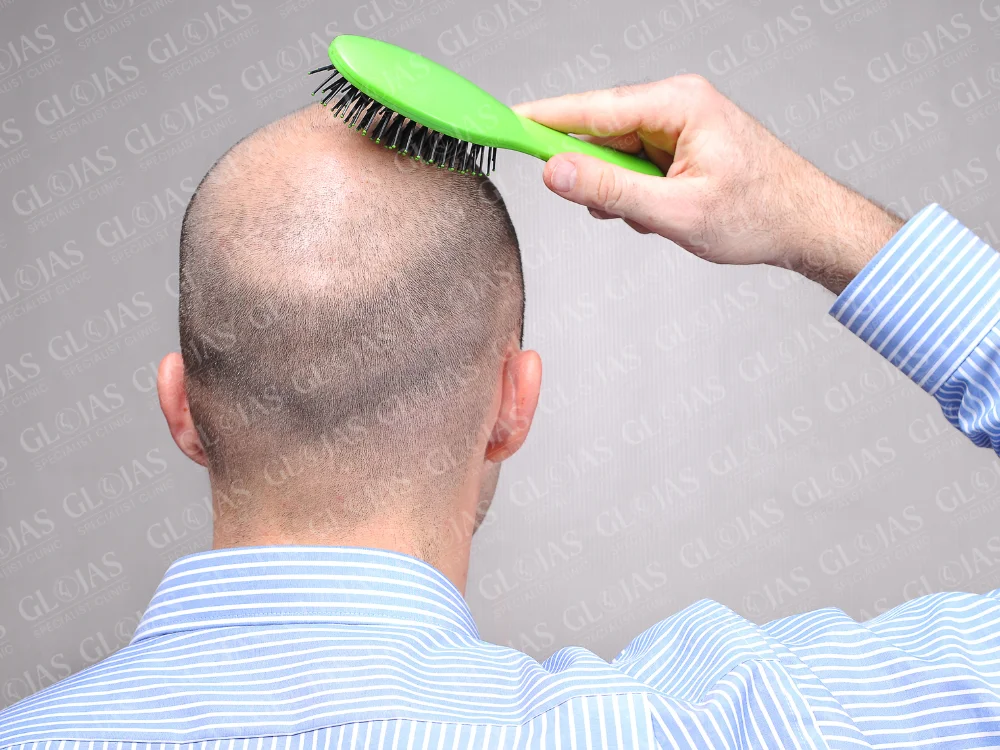Abdominoplasty, commonly known as a “tummy tuck,” has become one of the most popular procedures for individuals seeking a toned, flat abdomen. While often associated with aesthetic improvements, abdominoplasty offers a host of benefits that go beyond appearances, helping to improve physical health, enhance self-confidence, and address issues resulting from weight loss or pregnancy. In this article, we’ll explore the top 10 transformative benefits of abdominoplasty, covering essential information for those considering this surgical option.
What is Abdominoplasty?
Abdominoplasty is a surgical procedure designed to remove excess skin and fat from the abdominal area while tightening the underlying muscles. The primary goal of abdominoplasty is to create a smoother, firmer abdominal profile, which can be challenging to achieve through diet and exercise alone, especially after significant weight loss or pregnancy.
Abdominoplasty involves the use of anesthesia, incisions, and sometimes liposuction to address stubborn fat deposits. It’s performed by a board-certified plastic surgeon and typically requires several weeks of recovery. The procedure has multiple variations, including mini-abdominoplasty, full abdominoplasty, and extended abdominoplasty, each targeting different areas and achieving unique results.
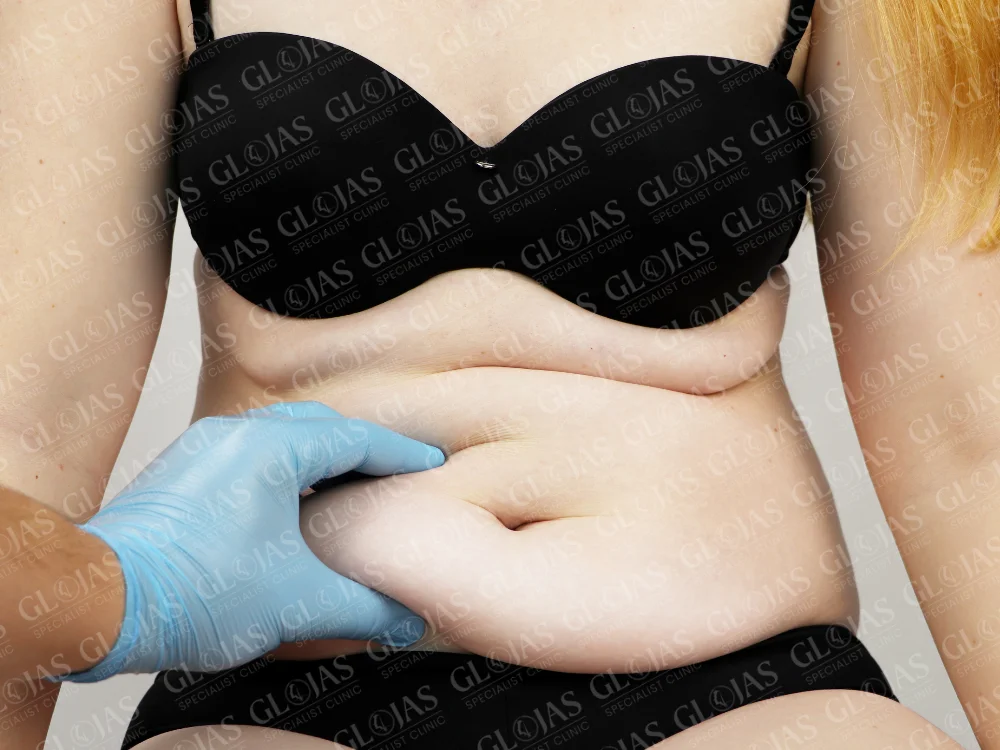
Top Benefits of Abdominoplasty
1. Improved Abdominal Tone and Firmness
One of the most noticeable benefits of abdominoplasty is the significant improvement in abdominal tone. By removing excess skin and tightening the abdominal muscles, abdominoplasty helps individuals achieve a smoother, more sculpted stomach, which can be difficult to achieve through other means.
2. Better Posture and Core Stability
Abdominoplasty not only enhances the appearance of the abdomen but also improves posture. The procedure strengthens the abdominal wall, resulting in a stronger core, which in turn supports the spine. A well-supported spine and core can improve posture and reduce lower back pain, a common issue for those with weakened abdominal muscles.
3. Relief from Hernias
In certain cases, abdominoplasty can address and alleviate abdominal hernias, such as a ventral hernia, which occurs when part of the intestine or abdominal tissue pushes through the muscle wall. Surgeons may correct a hernia during an abdominoplasty procedure, providing dual benefits of both cosmetic enhancement and medical relief.
4. Elimination of Stretch Marks
For many people, especially after pregnancy or significant weight changes, stretch marks can be a persistent problem. Abdominoplasty removes the excess skin where most stretch marks reside, particularly on the lower abdomen, helping to reduce or eliminate them entirely and offering a smoother skin texture.
5. Long-lasting Weight Loss Results
While abdominoplasty is not a weight-loss procedure, it can contribute to lasting weight loss results. After undergoing a tummy tuck, individuals may feel motivated to maintain a healthy lifestyle, partly due to the investment in the procedure and partly because the physical results are motivating. Abdominoplasty can be a turning point for people working toward long-term fitness goals.

6. Reduction in Back Pain
Lower back pain is often linked to weak abdominal muscles and poor posture. By strengthening and tightening the abdominal muscles, abdominoplasty improves core stability and alignment, which can alleviate lower back pain. This is particularly beneficial for women who have experienced muscle separation during pregnancy.
7. Correction of Diastasis Recti
Diastasis recti, or separation of the abdominal muscles, is a common condition that can occur after pregnancy. It leads to a protruding stomach and weakened abdominal muscles. Abdominoplasty surgically corrects this condition by pulling the muscles back together, providing a flatter abdomen and stronger core.
8. Boosted Self-Confidence
For many people, abdominoplasty offers a significant confidence boost. Those who have struggled with excess skin, weakened muscles, or persistent fat deposits may feel uncomfortable or self-conscious in clothing. After abdominoplasty, they often experience a renewed sense of self-confidence, feeling more comfortable in their skin.
9. Enhanced Physical Comfort
Excess skin around the abdomen can cause discomfort and irritation, especially during physical activity. With abdominoplasty, individuals experience improved comfort when exercising or moving around, as the tightened skin no longer causes chafing or discomfort.
10. Improved Exercise Performance
A strengthened core contributes to improved physical performance. Abdominoplasty can help people engage in physical activities more effectively by providing a stronger base for movements. Individuals often find they can perform core exercises, cardiovascular workouts, and even weightlifting more efficiently post-procedure.
Types of Abdominoplasty Procedures
Abdominoplasty procedures vary depending on individual needs and goals. Here are the main types of abdominoplasty:
Full Abdominoplasty
This is the most comprehensive version, involving a horizontal incision from hip to hip and a second incision around the navel. It removes a significant amount of excess skin and tightens the abdominal muscles for an entirely flat and toned appearance.
Mini Abdominoplasty
Suitable for individuals with minimal excess skin and fat, the mini-abdominoplasty focuses on the lower abdomen below the navel. This option has a shorter recovery time and a smaller incision, making it less invasive than a full abdominoplasty.
Extended Abdominoplasty
For those who have undergone significant weight loss, the extended abdominoplasty includes the flanks and lower back areas in addition to the abdomen. It provides extensive reshaping and is particularly beneficial for individuals with substantial skin laxity and fat deposits around the abdomen and sides.
Recovery After Abdominoplasty
Recovery time for abdominoplasty varies depending on the type of procedure and individual factors. Most patients need around 2-4 weeks to resume normal activities and 6-8 weeks to engage in strenuous exercise. During recovery, patients wear a compression garment to reduce swelling and support healing. Temporary side effects include swelling, bruising, and discomfort, which gradually subside over the weeks following surgery.
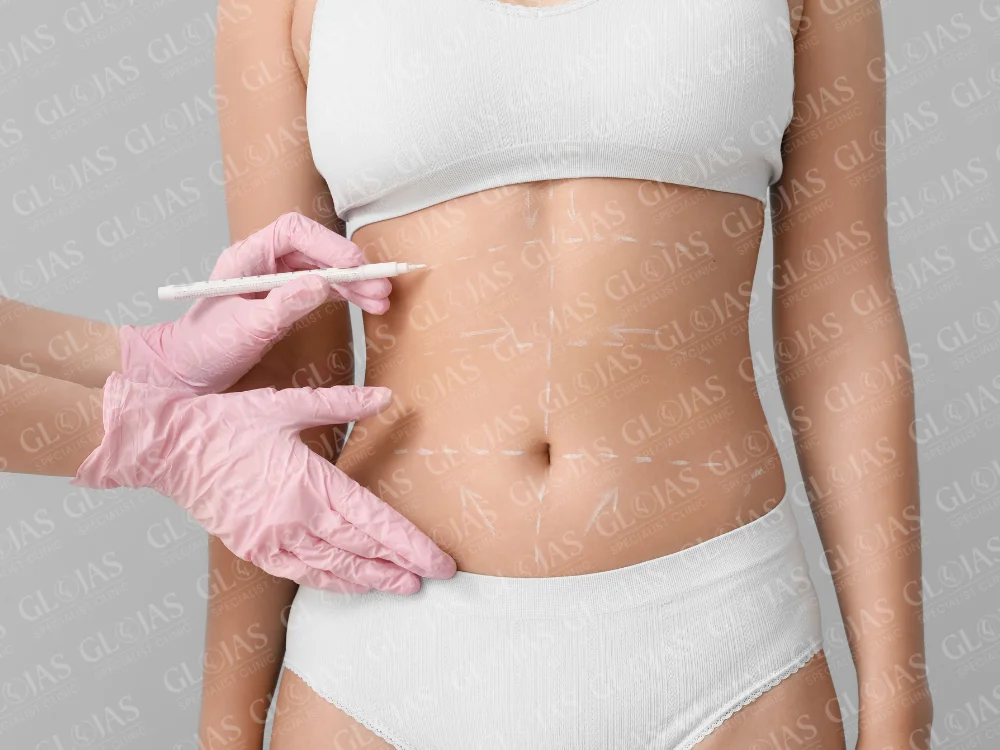
Frequently Asked Questions (FAQs) About Abdominoplasty
1. Is abdominoplasty a weight loss surgery?
No, abdominoplasty is not a weight loss procedure. It is designed to remove excess skin and fat and to tighten the abdominal muscles, not to reduce overall body weight.
2. How long do the results of abdominoplasty last?
The results of abdominoplasty are long-lasting, provided that the patient maintains a stable weight and healthy lifestyle. However, significant weight gain or pregnancy after surgery can alter the results.
3. Is abdominoplasty painful?
Pain after abdominoplasty is manageable with prescribed medications. Most patients experience mild to moderate discomfort, particularly in the first few days post-surgery, but it subsides as the body heals.
4. Will I have visible scars after abdominoplasty?
Abdominoplasty does result in a scar, typically located below the bikini line, which can fade with time. Surgeons aim to place the incision where it can be hidden by clothing or swimwear.
5. How soon can I exercise after abdominoplasty?
Light walking is encouraged shortly after surgery, but strenuous exercise should be avoided for about 6-8 weeks. Always follow your surgeon’s guidance on physical activity to ensure proper healing.
6. Who is an ideal candidate for abdominoplasty?
The ideal candidate for abdominoplasty is a healthy adult with loose abdominal skin, weakened abdominal muscles, or stubborn fat deposits resistant to diet and exercise.
Abdominoplasty offers numerous benefits beyond cosmetic appeal, providing functional improvements that enhance quality of life for many individuals. This transformative procedure can help patients achieve not only a flatter stomach but also renewed physical comfort and confidence.
